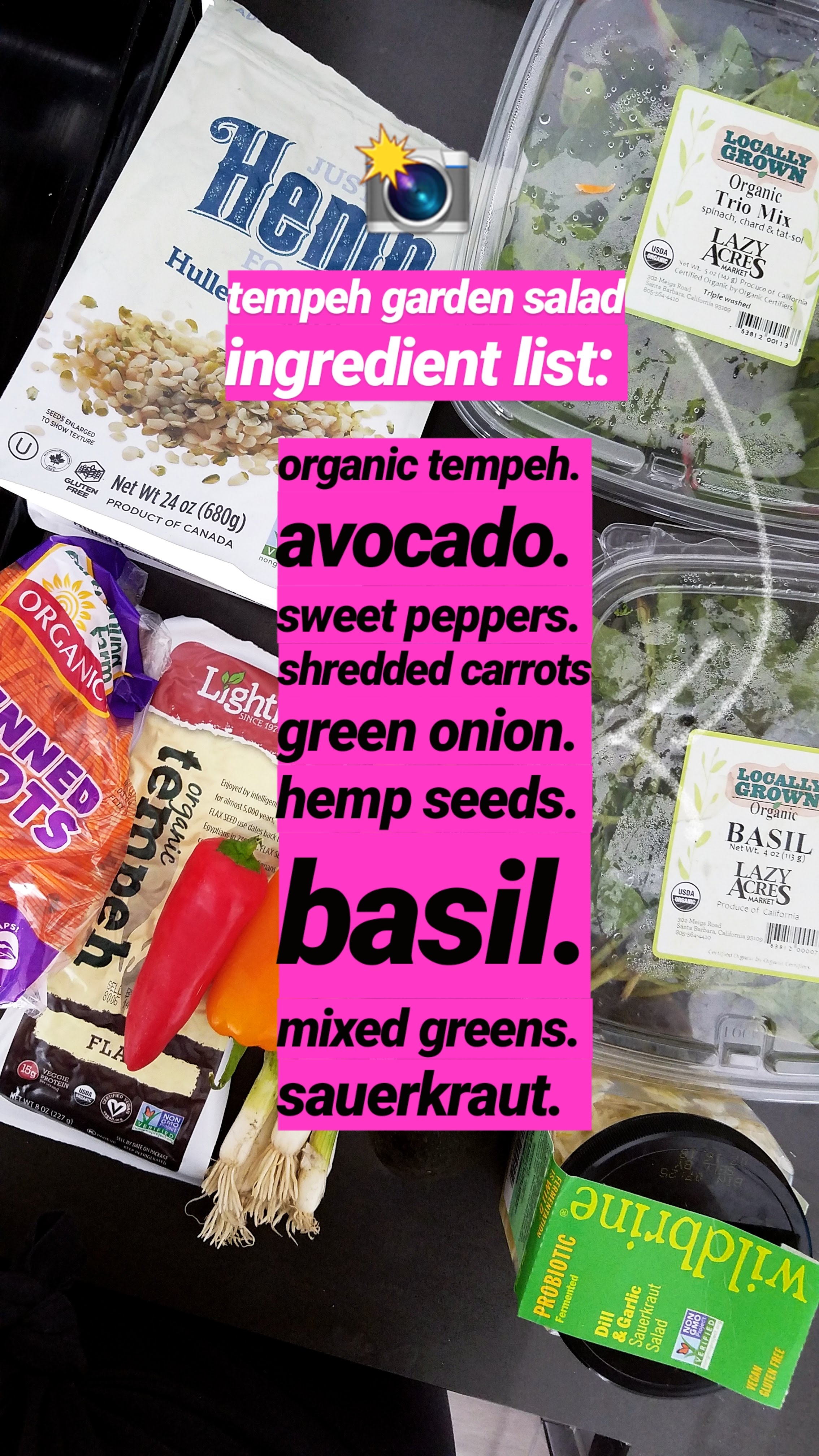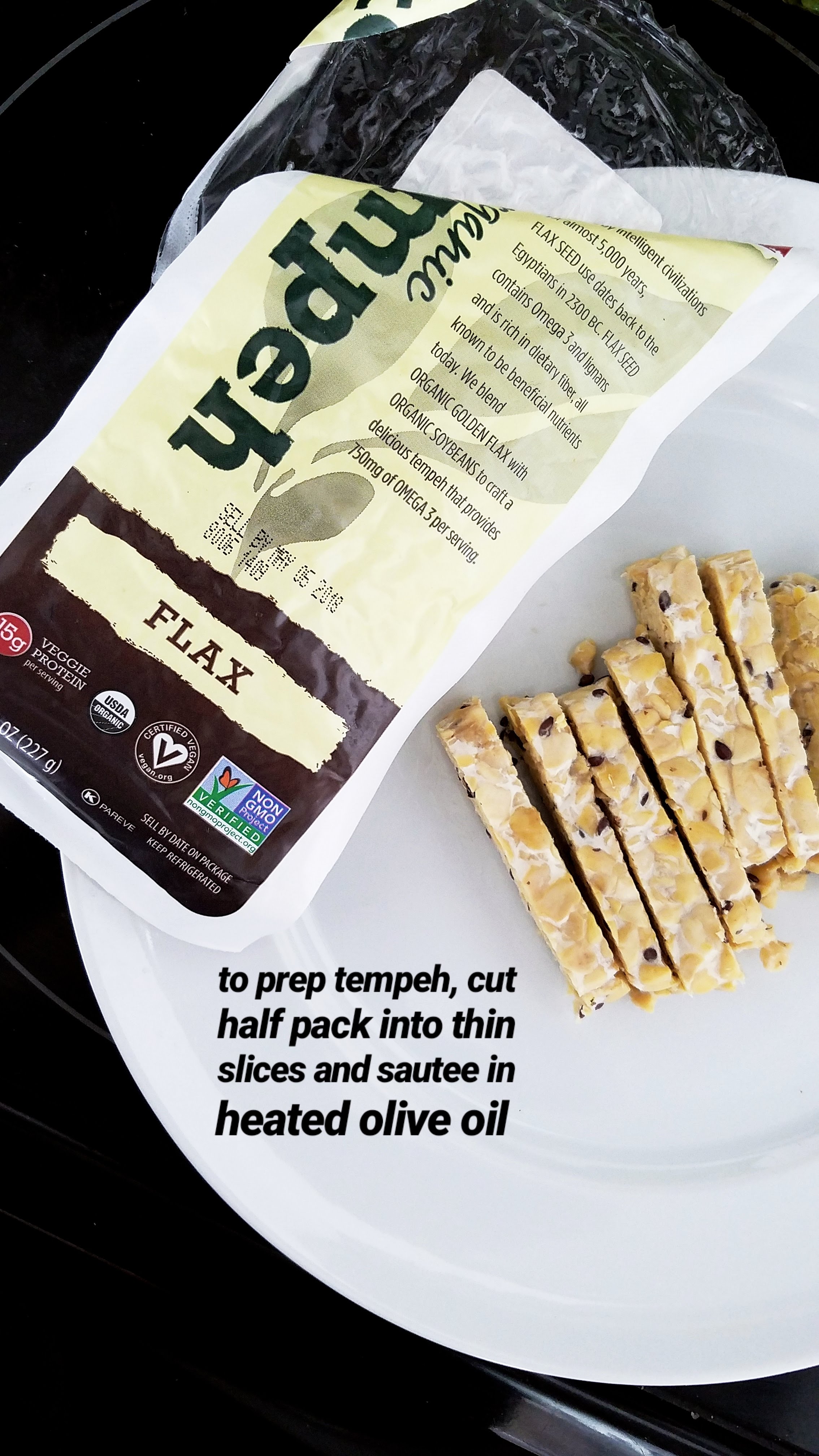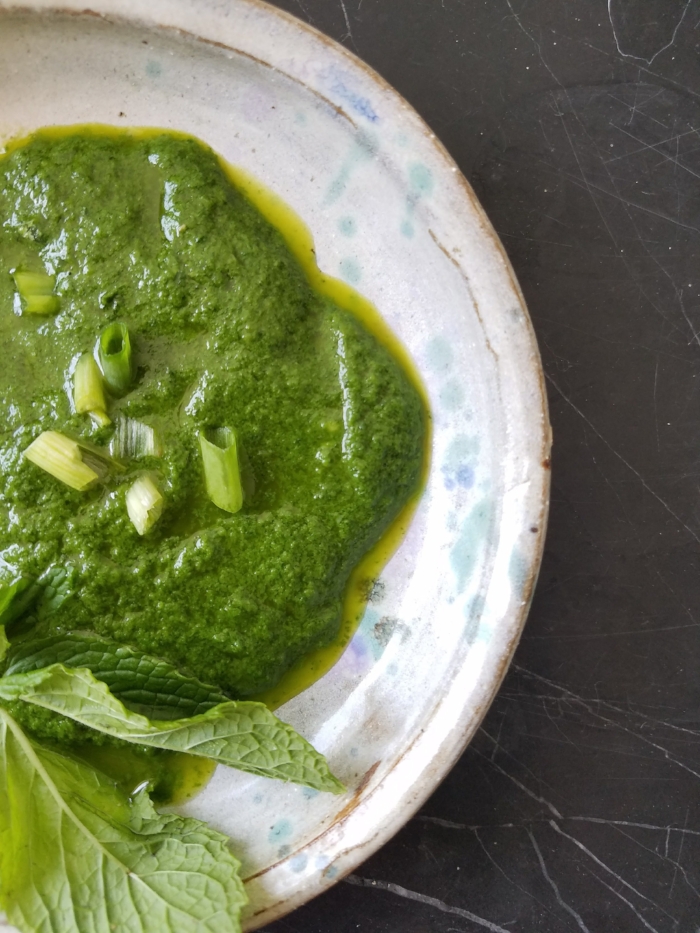This disease can feel limiting, but do not let it limit you. — me
When living with a non-insulin producing (i.e. broken) pancreas, caution is brought into almost every “no caution needed,” average situation.
Going for a light jog? Running into Trader Joe’s for your favorite snack? Ordering your favorite smoothie?--these seem like random, simple, mindless activities. . . but the reality is that simple jog or healthy smoothie could make waves in your entire day.
With type 1 diabetes you must always be “on” and aware of your ever-changing (sometimes dangerous) blood sugar levels. It throws a wrench in almost every ordinary situation and can often leave you feeling hindered and limited in trying things “normal” people try.
____________
Let’s take quick flash back in time to an email between myself & my diabetes educator four years ago… literally right after I was diagnosed with Type 1 diabetes. This was the starting point of me feeling limited with this disease:
4/7/14
Me: Hi Liz, what are your thoughts on juice cleanses for me..... since I am diabetic now. The one specifically is http://blueprintcleanse.com/faq.html
I mean, I know diabetics are supposed to avoid juices, but they are good for you! And if I give myself enough insulin (figuring this out would be hard I think) it should be fine right?
Thanks
4/8/14
E Smith: Hi Whitney,
Juices are very low in fiber, high in sugar. The sugar they contain is quickly absorbed and thus causes a quick blood glucose rise (this is why juice is one of the fast carbs recommended to treat a low BG).
Insulin, although we have "rapid acting" insulin, does not work that quickly.
You would be at increased risk for BG spikes/elevations related to the juice consumption, and then also at increased risk of low sugars since the insulin action does not match the juice digestion/absorption very well.
As you can see, not what you're looking for.
-Liz
I was sad, but understood her response.
I accepted my fate and was left day dreaming of this “juicing” adventure everyone was on and loving. I knew I didn’t need a juice cleanse to feel my best, but I was still wanting to give it a try and felt frustrated that this new, life-long disease was already limiting me.
Flash forward four years later, and I have successfully cleansed 3 times with a 3 day juice cleanse! **cue the parting clouds with beaming sun-rays and singing angels**
Before I dive into the gist of my cleansing experience, remember this: if you have type 1 diabetes, you are still required to diligently and mindfully take care of yourself amidst your cleansing process. Any extreme changes in diet will likely result in changes in your insulin (bolus + basal) dosing amount(s). I encourage you to keep a journal, take notes, and log your process. This will help you with mastering your dosing and timing throughout the cleanse (and support you in the future if you choose to do it again).
The biggest pro of the cleanse system that I use, Chef V, is that their juice (i.e. Green Drink) is BLENDED (keeping the fiber) versus JUICED (strips the fiber). This is a huge factor in blood sugar management. Their cleanse contains only 24 grams of sugar per day, versus a standard cold-press juice cleanse contains OVER 180 grams of sugar per day. Pretty crazy huh?
While cold press juicing has many nutritional benefits—especially if you have an overly sensitive digestive system/ illness that inhibits your body from processing fiber—removing the fiber wreaks havoc to blood sugar levels. Stripping the fiber causes the juice to be absorbed into your blood stream very quickly which consequently = increased variability in your blood sugars. **Unstable blood sugar levels can lead to mood swings, energy loss, and extra stress when managing your diabetes.
If you choose to give the Chef V cleanse a try, here is a super quick summary of what to expect in your day:
On each day of the 3 day cleanse, you will have:
4 (16 oz blended) Juices
2 Protein Shakes
1 Detox Soup
16 oz - 48 oz of water between each (greens and shake) interval.
More details can be found HERE.
Cleanse Questions:
What were the most noticeable benefits of cleansing? Clearer skin. Zero bloat. Minimized (practically vanished) cravings. I didn’t weight myself but I fit back into a work blazer that I used to have on my “one day” pile. Increased insulin sensitivity (basal was reduced by 2 units). And finally, I love the fact that I felt (mostly) full and nourished the entire time. I didn’t feel too restricted and learned that I am such an emotional eater. It was nice to have a set time for the greens, shakes, and soup. I was focused on my day versus getting distracted by mindless and emotional snacking.
What are the cons of cleansing? First & foremost, you are detoxing and purging build-up and toxins in your body. Because of this, the reality is you may experience some side effects. My first cleanse go-round was the roughest (I have done it 3 times). Day 2 I was nauseous, and had a super bad head ache. I ended up having some plain turkey at lunch time to help offset how I was feeling. I skipped on the shakes and greens for the rest of the day (the idea of them made me sick), and drink tons of water and tea. Day 3 I was feeling myself and finished out my cleanse strong!
If you are type 1 diabetic, another con is problem solving your dosing--especially the soup. Since it’s liquid + high carb, you must be super mindful of your bolus timing. I encountered a few highs on the soups simply because I didn’t wait long enough for my bolus to kick in to meet the soups absorption rate. Personal tip: waiting 20-35 minutes before enjoying the soup! Depending on your starting number of course.
What does everything taste like?
The green drink is fresh and light with a slight gritty texture since it’s blended versus juiced. If you are used to your smoothie/juices containing tons of fruit…you could find it too earthy—just give your tastebuds time to adapt! It has a slight touch of apple which adds a perfect, subtle sweetness.
The protein shakes are yummy but.... so SWEET! I prefer the chocolate over cinnamon. Maybe because I was so nauseas on the first cleanse, or maybe it’s just too sweet for my preference but I 100% prefer the chocolate because it's more balanced. Sometimes I'll add a little more raw cocoa powder to offset the sweetness intensity.
The soups are such a comfort at the end of your day. They do not contain any salt so the flavors (sweet potato or carrot) really come through. You appreciate them and they are a simple, but (semi) filling way to end your day(s)!
Are you hungry? Yes & no. Most of it’s mental—knowing you cannot eat your normal go-to’s can make you feel hungrier then you really are. During the day I feel mostly satisfied but the hardest is after work (the main time I tend to emotionally snack/over-eat). I just crave some texture (something to chew) mostly! Reality is, you are likely intaking a lot less calories then you are used to so feeling hungry isn’t unusual. Overall this particular cleanse is well balanced with fiber, protein, and carb so you are nourishing your body more then most of the cleanses out there on the market. No need to overly deprive and stress your body…
What are the benefits of cleansing? This question can be a post in itself because this topic is so vast and layered. Simply put, our body deals with a lot! Toxins build up, gut flora becomes imbalanced, cells become stressed, and our immune system’s get inflamed. These imbalances effect our mood, digestion, skin, weight, and insulin response. Cleansing is a great way to dedicate a set time to re-nourish and give back to our mind & body. While it requires a dedicated mindset, it’s worth it and DOABLE!
Should I do the 3 day, 7 day, or 21 day cleanse? This is personal preference and based on your individual goals. I have only done/have experience with the 3 day cleanse. I could see doing the 7 day...the 21 day seems too intense for me personally. For more details on the 3 day cleanse you can adventure HERE!
Stay tuned for Part II—How to dose when cleansing!
xoxo
p.s. This is not a sponsored post. Just spreading the good news + my positive cleansing experience with you! There are countless cleanses out there to choose from; this is just my personal experience with the one that I have tried and loved.













